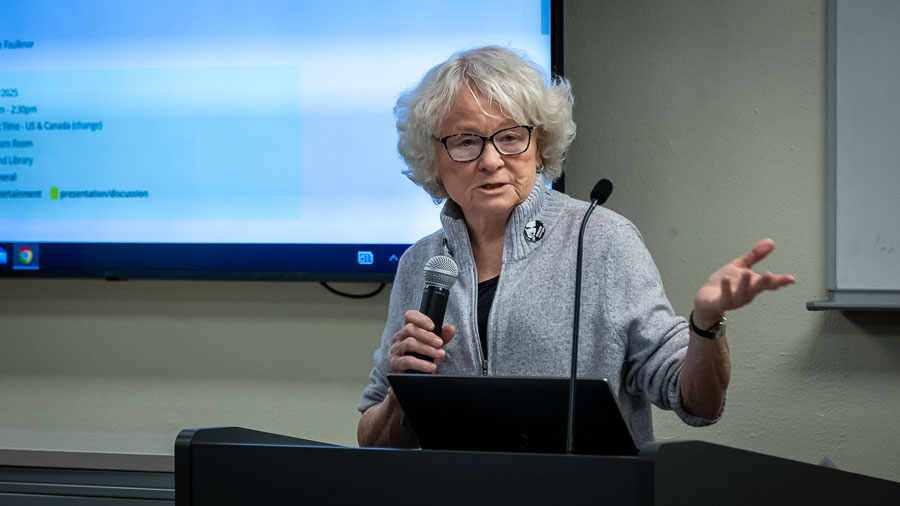OTHER VIEWS: State’s school funding formula needs upgrade to reflect times
Published 5:00 am Wednesday, October 18, 2023

- other views logo
Teachers, school districts and families across Oregon should focus their attention at the state Legislature and how it divvies up the primary pot of education dollars — the State School Fund.
The state’s formula for allocating revenue is more than 30 years old. It urgently needs a thorough review of how accurately it considers poverty, disability and other student population characteristics in determining how much a district receives.
It’s not just the formula itself. It’s what those dollars are expected to cover. Even with belated changes by the Legislature to adjust the state’s pension system, districts are still having to redirect millions of dollars meant to educate today’s students to pay pensions of teachers who retired long ago.
Gov. Tina Kotek and state legislators should create a work group to review the school funding formula, identify the factors bleeding money out of the system and offer recommendations on how to pay for the needs of students today. Such an initiative would pair well with an ongoing examination of teacher pay and a proposal to update the model Oregon has built for providing a quality K-12 education.
The funding formula, created in 1991 after passage of a property-tax limitation initiative, is designed to equalize education dollars between rich and poor communities. Based on enrollment, the formula adds “weights” for student population characteristics that may require additional services, such as students with Individual Education Programs or those who are not native English speakers.
But the attributes of today’s student population are different than those in 1991. Meanwhile, the state caps how much weight a district is given for students with Individual Education Programs, even if the number of students justifies more. And declining enrollment across many districts raises questions about how schools can offer the range of academic and social supports needed if they receive less money.
A school-funding work group should be empowered to look at controversial issues and solutions. Members should be authorized to look at funding as a whole. Why not update the State School Fund to require more specific investments?
As part of a review, a work group could examine how to relieve districts of significant financial burdens that the Legislature itself created. For example, lawmakers failed for decades to confront runaway pension benefits that continue to weigh on school districts’ budgets.
Statewide, districts are projected to make a staggering $1.53 billion in pension contributions in the 2023-2025 biennium — about 17% of their $8.86 billion payroll — with most of those dollars earmarked for benefits to teachers who already retired.
So, one solution could be exploring how the state can take over the Public Employees Retirement System pension payments that districts make for school employees in the “Tier One” and “Tier Two” categories, whose service pre-dates retirement changes made in 2003.
Such a move, while certainly complicated, would help ensure that education funding actually goes to the teachers and educational needs of today’s students.
The group also should examine legislative mandates that go unfunded or fail to provide expected savings. Lawmakers should keep such consequences in mind as they consider other bills that tie districts’ hands.
Changing the funding formula won’t end disputes between school administrations and their unions. But it could promote a more informed and more honest conversation at all levels about what it takes to fund education.
Correction
The Our View regarding area theater companies, that was published in the Oct. 17 edition of the Rogue Valley Times, should have said the play “Sherlock Holmes and the Study in Scarlet” would be adapted from a work by Sir Arthur Conan Doyle.










